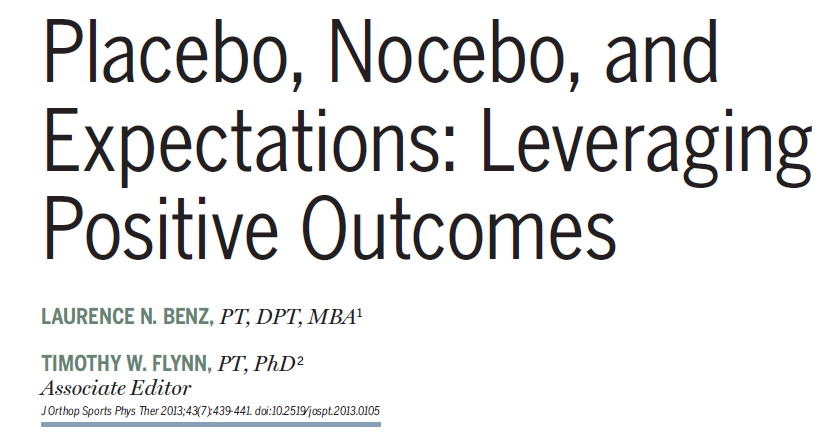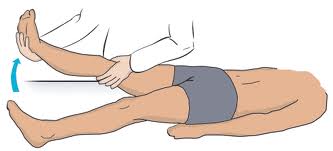
Physical therapy and healthcare is changing faster than ever. The asymmetry of information that used to define a treatment encounter is shrinking due in part to how quickly information is exchanged in our digital world. It is becoming clearer and clearer that our outcomes are much more dependent on patient empowerment, therapeutic alliance, and education than mobilizing a specific joint or pushing on a trigger point. With this in mind, I would like to take the time to reflect upon a few important lessons gleaned from the writings of Seth Godin (for those unfamiliar, Godin is a highly respected entrepreneur, marketer, and author. His blog can be found here). One of the most valuable things I have learned from Godin is that whether you are in advertising, health care, cinema, or any other industry, being “good” is just about the worst thing you can be. Good is average. Good is bland. Good is unremarkable. No one talks about, remembers, or cares about good, but it is everywhere.
In a day and age where ideas and information are diffused at an unprecedented rate, good is not going to be good enough for much longer. Godin asks “When information is set free, does it help you or hurt you?” I think answering this question might make more than a few partners at physical therapy clinics uneasy. When patients are armed with the knowledge that ultrasound is just as effective with the machine off as it is on, their facet joint being “stuck” could not possibly be the cause of their chronic pain, and that the kinesiotape they had applied isn’t actually facilitating a muscle contraction, how helpful is that going to be for some practices? Conducting business in a way that increased patient knowledge hurts more than it helps is not sustainable. That kind of business practice is lousy. Sure, it may make a profit for now, but for how long and at what cost? Something that is lousy will undoubtedly stay lousy no matter how much you dress it up. Godin posits that time spent polishing junk would be better spent building something remarkable. This is a key lesson I urge everyone to take note of. We can continue to polish up physical therapy with new modalities, eclectic soft tissue techniques and elaborate biomechanical narratives, but in the end we are probably missing the bigger picture. Every clinician and student alike would benefit from a bit self-reflection and asking “Am I doing what I think I am doing?”
I often hear physical therapists brand themselves as “musculoskeletal experts”, which is good, I suppose. It might inspire confidence with the use of the term “expert”, and “musculoskeletal” certainly appeals to those who fall victim to the belief that their pain stems from pathoanatomical or biomechanical trappings. This brand is fine and dandy until you take a look at the epidemiological data showing sharp increases in rates of disability due to chronic musculoskeletal conditions. Then it appears that we may not be living up to our self-appointed expertise. This means it is time to change directions, what has always been done is not working. Recognizing that fact and having the courage to not only initiate change, but to embrace uncertainty is what takes a clinician or a business from being merely good to becoming remarkable.
Kenny Venere is a DPT Student in his final year at Northeastern University in Boston. His interests include pain science, neurophysiology, burn care, and acute care. You can follow Kenny on Twitter @kvenere















